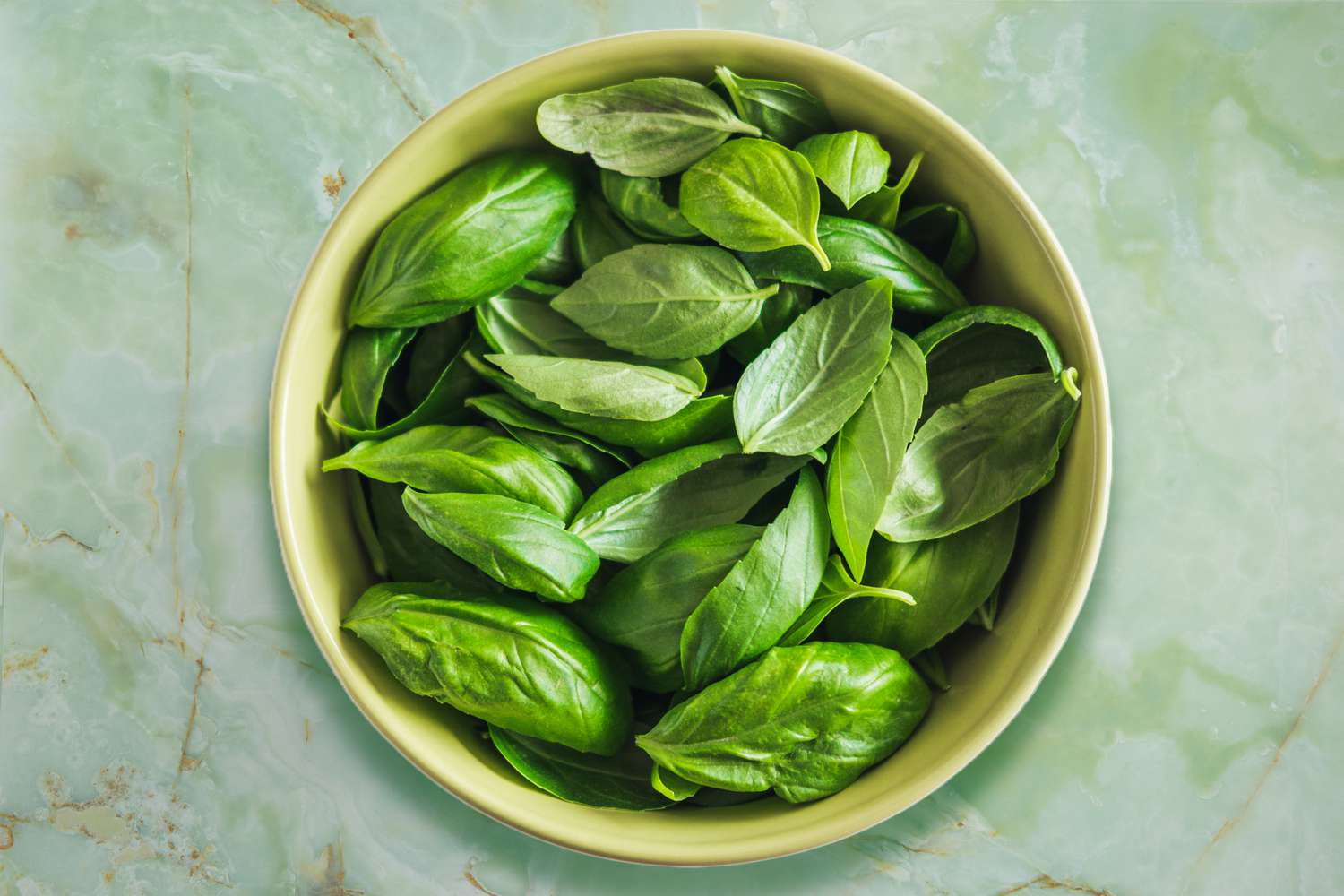

Articles
How To Store Basil In Fridge
Modified: January 19, 2024
Learn how to store basil in the fridge to keep it fresh for longer. Our articles provide step-by-step instructions and useful tips for preserving the flavor and aroma of your basil.
(Many of the links in this article redirect to a specific reviewed product. Your purchase of these products through affiliate links helps to generate commission for Storables.com, at no extra cost. Learn more)
Introduction
Storing basil properly is essential to maintain its freshness and flavor for longer periods. Basil, with its vibrant green leaves and distinctive aroma, is a popular herb used in various cuisines around the world. Whether you have an abundance of fresh basil from your garden or purchased a large bunch from the grocery store, knowing how to store basil in the fridge can help prolong its shelf life and ensure it stays crisp and flavorful.
While many people store basil on their kitchen counter or in a jar of water, these methods can only keep the herb fresh for a day or two. To maximize the lifespan of your basil and prevent wilting or browning, storing it in the fridge is the way to go.
In this article, we will explore the benefits of storing basil in the fridge, the proper way to harvest basil, and different methods of storing it to maintain its freshness. By following these guidelines, you’ll be able to enjoy fresh and aromatic basil for a longer time, adding a burst of flavor to your favorite dishes.
Key Takeaways:
- Extend the lifespan of your basil by storing it in the fridge, preserving its aroma, flavor, and vibrant color. Follow proper harvesting and storage techniques to enjoy fresh basil in your culinary creations.
- Maximize the freshness of your basil with simple fridge storage methods like using water-filled containers or plastic bags. Avoid excess moisture, ethylene exposure, and spoilage to savor the herb’s flavor.
Read more: How To Store Thai Basil In Fridge
Benefits of Storing Basil in the Fridge
Storing basil in the fridge offers several benefits that can help preserve its freshness and flavor. Here are some key advantages:
- Extended Shelf Life: The cool temperature in the fridge slows down the basil’s natural wilting process, allowing it to stay fresh for a much longer time compared to storing it at room temperature.
- Retains Aroma and Flavor: Basil contains volatile oils, which give it its distinctive aroma and flavor. Storing basil in the fridge helps prevent these oils from evaporating quickly, preserving its aromatic qualities and enhancing the taste when used in cooking.
- Prevents Browning: Basil leaves tend to brown when exposed to air, leading to a loss of color and freshness. Refrigerating basil slows down the enzymatic reaction that causes browning, ensuring that it remains vibrant and visually appealing.
- Economical: By storing basil in the fridge, you can prevent wastage and make the most of the herb. You can buy basil in larger quantities or harvest from your garden without worrying about it spoiling quickly.
- Convenience: Having fresh basil readily available in your fridge means you can easily add it to your recipes whenever you need it, without having to make a special trip to the grocery store or worry about running out.
These benefits make storing basil in the fridge a practical and effective way to maintain its quality and usability, ensuring that you always have access to fresh and aromatic basil leaves.
Proper Harvesting of Basil
Properly harvesting basil is the first step in ensuring its freshness and flavor when stored in the fridge. Here are some tips for harvesting basil:
- Choose the Right Time: Harvest basil when the plant has developed a substantial number of leaves, but before it starts to flower. This stage is when the basil leaves have the highest concentration of essential oils, which contribute to its flavor.
- Use Clean and Sharp Scissors: Before harvesting, make sure your scissors or pruning shears are clean and sharp. This helps minimize damage to the plant and ensures a clean cut, promoting faster healing.
- Harvest in the Morning: It’s best to harvest basil in the morning when the leaves are fully hydrated and at their freshest. This helps maintain their integrity and flavor during storage.
- Cut Above the Node: Identify a pair of healthy leaves on the basil stem, and make a clean cut just above the node, which is where the leaves meet the stem. Avoid cutting too close to the base, as this can hinder the plant’s regrowth.
- Harvest Regularly: Basil is a fast-growing herb, so it’s important to harvest regularly to encourage continuous growth. Regular harvesting also prevents the plant from becoming overly bushy and helps maintain optimal flavor.
Following these harvesting practices helps ensure that the basil leaves are fresh, vibrant, and packed with flavor, making them ideal for storing in the fridge for extended periods.
Cleaning and Drying Basil Leaves
Properly cleaning and drying basil leaves is crucial before storing them in the fridge. This helps remove any dirt, dust, or pests that may be present and ensures that the leaves stay fresh and mold-free. Here’s how to clean and dry basil leaves:
- Gently Separate the Leaves: Carefully separate the basil leaves from the stem, being cautious not to bruise or damage them in the process. Discard any leaves that appear wilted or discolored.
- Rinse with Cold Water: Place the basil leaves in a colander or strainer and rinse them under cold running water. Gently rub the leaves with your fingers to remove any dirt or debris.
- Pat Dry with Paper Towel: After rinsing, gently pat the basil leaves dry using a clean, absorbent paper towel. Avoid rubbing or squeezing the leaves too firmly, as they can bruise easily.
- Air Dry Completely: Once you have removed the excess moisture, spread the basil leaves in a single layer on a clean kitchen towel or a layer of paper towels. Allow them to air dry completely for about 10-15 minutes.
- Avoid Heat or Sun Exposure: While air drying, make sure to keep the basil leaves away from direct sunlight or heat sources, as this can cause them to wilt or lose their vibrant green color.
By following these steps, you can ensure that your basil leaves are clean and dry, ready to be stored in the fridge without the risk of mold or spoilage. Remember to handle the leaves gently throughout the cleaning and drying process to maintain their freshness and delicate texture.
Methods of Storing Basil in the Fridge
There are a few different methods you can use to store basil in the fridge, depending on your preferences and the amount of basil you have. Here are three common methods:
- Storing Basil in a Container with Water: This method is ideal for keeping basil fresh and hydrated. Follow these steps to store basil in a water-filled container:
- Trim the stem ends of the basil leaves.
- Place the trimmed basil stems in a jar or glass with an inch or two of water.
- Loosely cover the basil leaves with a plastic bag to retain moisture.
- Store the jar in the fridge, changing the water every few days to maintain freshness.
- Storing Basil in a Plastic Bag: This method is simple and effective for storing large quantities of basil. Follow these steps to store basil in a plastic bag:
- Gently wrap the basil bunch in a damp paper towel or kitchen cloth.
- Place the wrapped basil in a loosely sealed plastic bag.
- Remove any excess air from the bag before sealing it.
- Store the plastic bag in the fridge, where the basil can stay fresh for up to a week.
- Storing Basil in a Paper Towel: This method is suitable for storing smaller quantities of basil and helps absorb excess moisture to prevent spoilage. Follow these steps to store basil in a paper towel:
- Wrap the basil leaves in a dry paper towel.
- Place the wrapped basil in a breathable container, such as a perforated plastic bag or an airtight container with ventilation holes.
- Store the container in the fridge, where the basil can stay fresh for around 3-5 days.
Choose the method that suits your needs and the amount of basil you have on hand. Regardless of the method, make sure to store the basil away from any ethylene-producing fruits or vegetables, as ethylene can accelerate the wilting process. By using these storage methods, you can extend the shelf life of your basil and enjoy its fresh flavor in your culinary creations.
To store basil in the fridge, trim the stems and place in a glass of water, cover with a plastic bag, and store in the refrigerator. Change the water every few days to keep the basil fresh.
Storing Basil in a Container with Water
One effective method of storing basil in the fridge is by using a container filled with water. This technique helps keep the basil leaves hydrated and maintains their freshness for a longer period. Follow these steps to store basil in a water-filled container:
- Trim the Stem Ends: Start by trimming the bottom ends of the basil stems. This removes any damaged or wilted parts and allows the basil to absorb water more effectively.
- Prepare a Container: Find a jar, glass, or container that is tall enough to accommodate the length of the basil stems. Fill the container with about an inch or two of fresh, clean water.
- Place Basil in the Container: Gently place the trimmed basil stems into the water-filled container. The stems should be submerged in water while the leaves remain above the waterline. Avoid overcrowding the container so that the leaves have enough space.
- Cover the Basil Leaves: Loosely cover the basil leaves with a plastic bag. This helps to create a humid environment around the leaves, preventing them from drying out. Ensure that the bag is not tightly sealed to allow some airflow.
- Store in the Fridge: Place the container with the covered basil in the refrigerator. Find a spot where it won’t get accidentally knocked over. The cool temperature will help slow down the wilting process and preserve the basil’s freshness.
- Change the Water: Every few days, check the water in the container. If it appears cloudy or discolored, it’s time to change it. Pour out the old water and replace it with fresh water. This prevents the growth of bacteria and maintains the basil’s quality.
- Enjoy Fresh Basil: By storing basil in a container with water, you can keep it fresh for up to a week or even longer, depending on its freshness at the time of storage. When you’re ready to use the basil, simply remove the desired leaves from the stems and rinse them before incorporating them into your recipes.
Storing basil in a container with water is a simple and effective method that ensures your basil stays hydrated and maintains its flavor. Give it a try, and you’ll have fresh basil readily available for your culinary creations.
Storing Basil in a Plastic Bag
Another convenient method for storing basil in the fridge is by using a plastic bag. This method helps maintain the freshness of the basil and keeps it protected from excess moisture. Here’s a step-by-step guide on how to store basil in a plastic bag:
- Gather the Basil: Collect the basil leaves you want to store. You can choose to store a bunch of basil or separate the leaves from the stems, depending on your preference.
- Prepare a Damp Paper Towel: Take a clean paper towel or a kitchen cloth and dampen it slightly with water. The towel should be moist but not dripping wet.
- Wrap the Basil Leaves: Lay the damp paper towel on a flat surface and place the basil leaves on top. Carefully fold the paper towel over the basil leaves, creating a neat bundle.
- Seal in a Plastic Bag: Transfer the wrapped basil bundle into a plastic bag. Make sure to leave some airspace in the bag to avoid crushing the basil leaves. Remove any excess air from the bag and seal it loosely.
- Store in the Fridge: Place the plastic bag with the wrapped basil in the refrigerator. Choose a spot where it won’t get crushed or excessively jostled, such as a dedicated drawer or a shelf with gentle items.
- Check and Use as Needed: Periodically check the basil for any signs of spoilage, such as discoloration or wilting. Use the basil within a week for the best flavor and quality.
Storing basil in a plastic bag helps to protect it from excessive moisture while maintaining a slightly humid environment that keeps the leaves from drying out. This method is especially useful when you have a larger quantity of basil to store. When you’re ready to use the basil, carefully unwrap the leaves from the damp paper towel, rinse them if desired, and incorporate them into your favorite recipes.
Remember, storing basil in a plastic bag is a temporary solution, and the basil will eventually start to lose its freshness. If you plan to store basil for a longer period, consider other methods such as freezing or drying it.
Storing Basil in a Paper Towel
Storing basil in a paper towel is a simple and effective method to keep it fresh in the fridge. This method helps absorb excess moisture and prevents the basil from wilting. Follow these steps to store basil in a paper towel:
- Gently Separate the Basil Leaves: Carefully separate the basil leaves from the stems, ensuring that they are intact and undamaged.
- Prepare a Dry Paper Towel: Take a clean and dry paper towel and lay it flat on a clean surface.
- Spread the Basil Leaves: Place the basil leaves in a single layer on the paper towel. Ensure that there is enough space between the leaves to allow for air circulation.
- Wrap the Basil: Fold the paper towel over the basil leaves, gently pressing it to absorb any excess moisture. Avoid pressing too hard so as not to damage the delicate leaves.
- Transfer to a Breathable Container: Place the wrapped basil in a breathable container, such as a perforated plastic bag or an airtight container with ventilation holes. This allows proper airflow to prevent the leaves from becoming too damp or moldy.
- Store in the Fridge: Put the container with the wrapped basil in the refrigerator. Choose a spot where it won’t get crushed or disturbed, such as a dedicated drawer or a shelf away from strong odors.
- Check Regularly: Periodically check the basil for any signs of wilting or mold. If you notice any leaves starting to deteriorate, remove them immediately to prevent the spread of spoilage.
- Use Within a Few Days: Store basil in a paper towel for around 3-5 days for optimal freshness. After that, the flavor and quality may start to decline.
Storing basil in a paper towel helps absorb excess moisture while providing a protective barrier to prevent the leaves from drying out. This method is ideal for smaller quantities of basil and ensures that it stays fresh until you’re ready to use it in your recipes.
Remember, the paper towel method is a short-term storage solution. If you have a surplus of basil or want to store it for a longer period, consider other preservation techniques such as freezing or drying.
Tips for Long-lasting Fresh Basil in the Fridge
To ensure your basil stays fresh and flavorful for as long as possible in the fridge, consider the following tips:
- Store Basil Properly: Use one of the recommended storage methods, such as storing basil in a container with water or in a plastic bag with a damp paper towel. These methods help maintain the herb’s freshness and prevent wilting.
- Trim the Stems: Before storing basil, trim the bottom ends of the stems. This promotes better water absorption and helps the basil stay hydrated, enhancing its longevity.
- Avoid Excess Moisture: While a little moisture is necessary to keep the basil fresh, too much can cause the herb to become slimy or develop mold. Make sure to properly drain the basil and avoid storing it in overly damp conditions.
- Don’t Wash Basil Before Storage: It’s best to avoid washing basil leaves before storing them in the fridge. Moisture can accelerate the wilting process and reduce the herb’s shelf life. Instead, wash the leaves right before using them in your recipes.
- Check and Remove Spoiled Leaves: Regularly inspect the stored basil for any signs of spoilage, such as discolored or wilted leaves. If you notice any damaged or deteriorating leaves, remove them immediately to prevent the spread of spoilage.
- Avoid Ethylene Exposure: Ethylene gas can hasten the wilting of basil. Keep the herb away from ethylene-producing fruits like bananas, apples, and avocados, as exposure to this gas can accelerate its deterioration.
- Use High-Quality Containers: Opt for high-quality storage containers that are airtight, durable, and easily washable. This helps maintain optimal freshness and ensures that the basil doesn’t absorb any unpleasant odors from the fridge.
- Consider Freezing or Drying: If you have an abundance of basil that you can’t use before it spoils, consider freezing the leaves in an airtight bag or drying them for later use. These preservation methods allow you to enjoy the flavor of basil even when it’s out of season.
- Harvest Basil as Needed: For the freshest flavor, consider harvesting basil as you need it. This allows you to enjoy the herb at its peak freshness and reduces the need for long-term storage.
By following these tips, you can maximize the lifespan of your basil and ensure that it stays fresh and flavorful for longer periods in the fridge. Incorporate fresh basil into your culinary creations with confidence, knowing that you have successfully extended its shelf life.
Read more: How To Store Basil
Conclusion
Knowing how to properly store basil in the fridge is essential for keeping this aromatic herb fresh and full of flavor for longer periods. By following the right techniques, you can extend the shelf life of basil and always have a supply of fresh leaves on hand.
Whether you choose to store basil in a container with water, a plastic bag with a damp paper towel, or wrapped in a paper towel, each method has its advantages and can help preserve the herb’s freshness and vibrant green color.
Proper harvesting, cleaning, and drying of basil leaves before storage are important steps to maintain their quality. Trimming the stems, handling the leaves gently, and removing any damaged or wilted parts will contribute to prolonging the freshness of the basil.
By storing basil in the fridge, you can enjoy its numerous benefits. It not only extends the shelf life but also retains the herb’s aroma, flavor, and vibrant color. Storing basil correctly can save you money by reducing waste and provide convenient access to fresh herbs at any time.
Remember to check the basil regularly for any signs of spoilage and remove any damaged leaves promptly. Also, keep in mind that basil is best used fresh. If you have an excess quantity that you can’t use up, consider freezing or drying the leaves for future use.
By following these guidelines and incorporating these storage techniques into your routine, you can maximize the lifespan of your fresh basil and add a burst of flavor and aroma to your favorite dishes whenever you desire.
So go ahead, store your basil properly, and enjoy the taste and fragrance of this versatile herb long after it has left the garden or store shelves!
Frequently Asked Questions about How To Store Basil In Fridge
Was this page helpful?
At Storables.com, we guarantee accurate and reliable information. Our content, validated by Expert Board Contributors, is crafted following stringent Editorial Policies. We're committed to providing you with well-researched, expert-backed insights for all your informational needs.
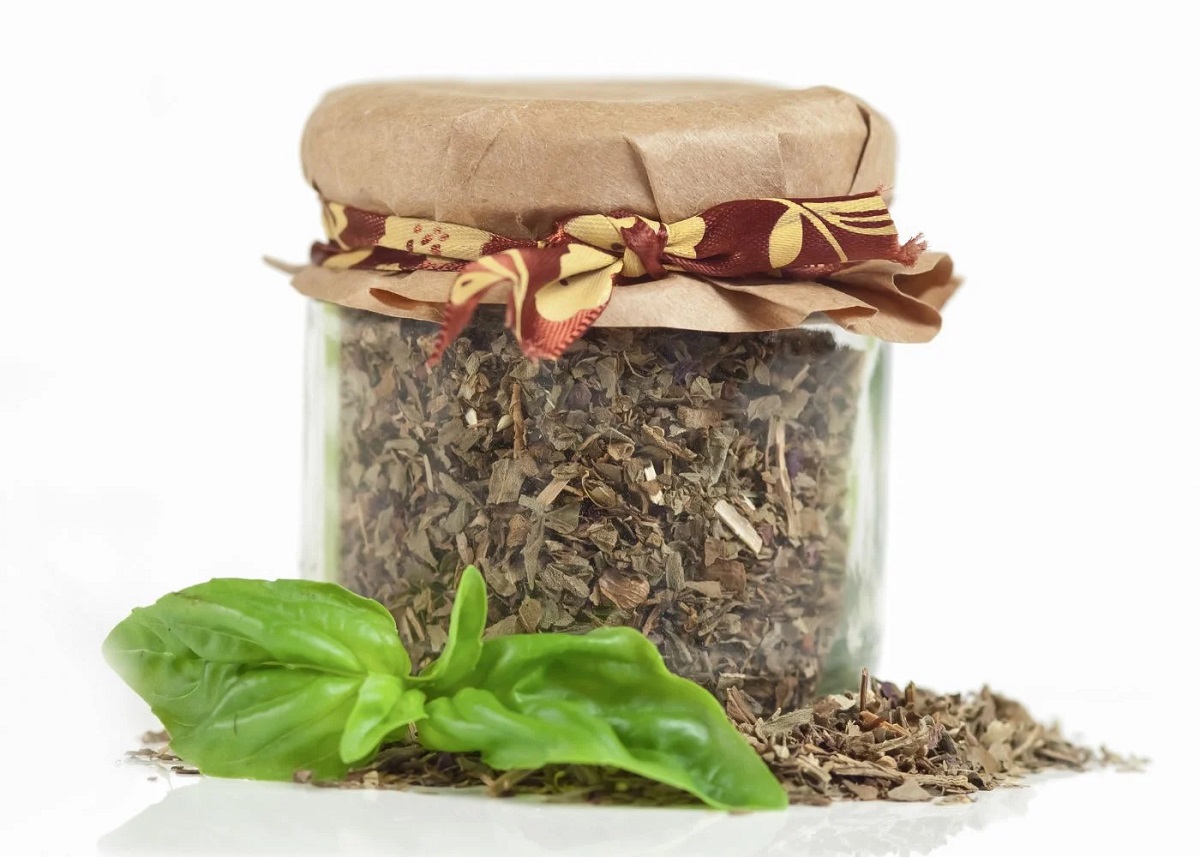
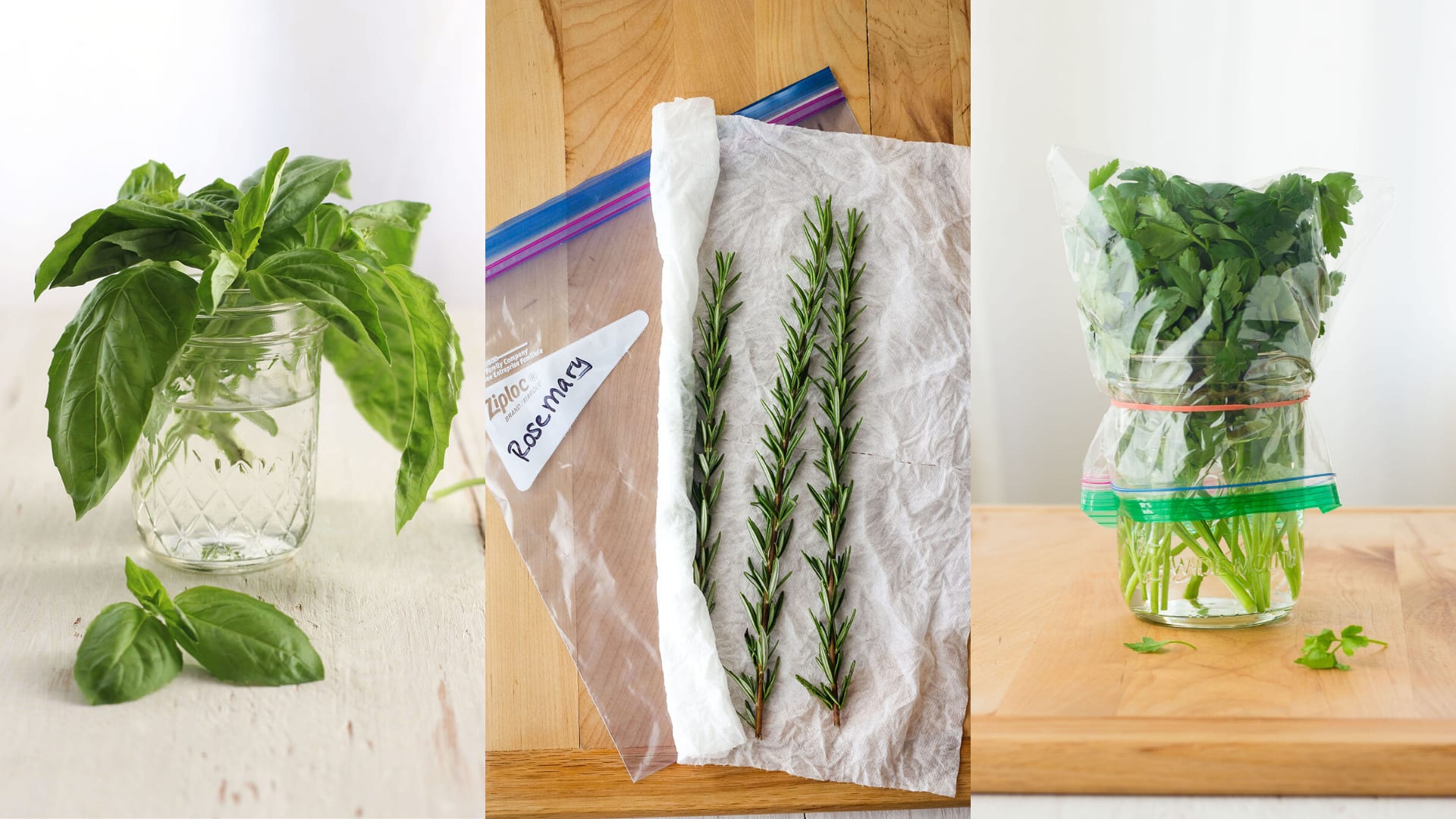
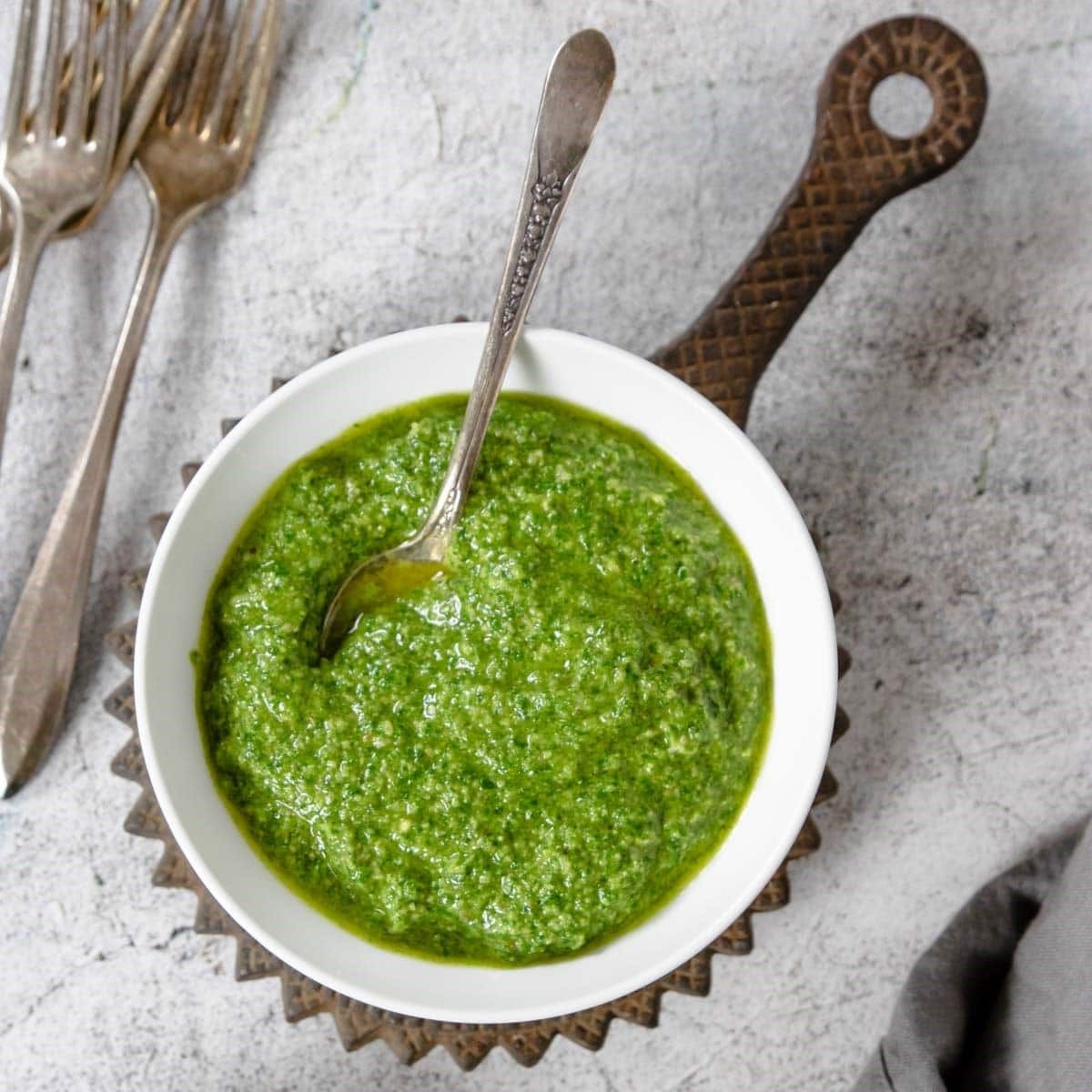

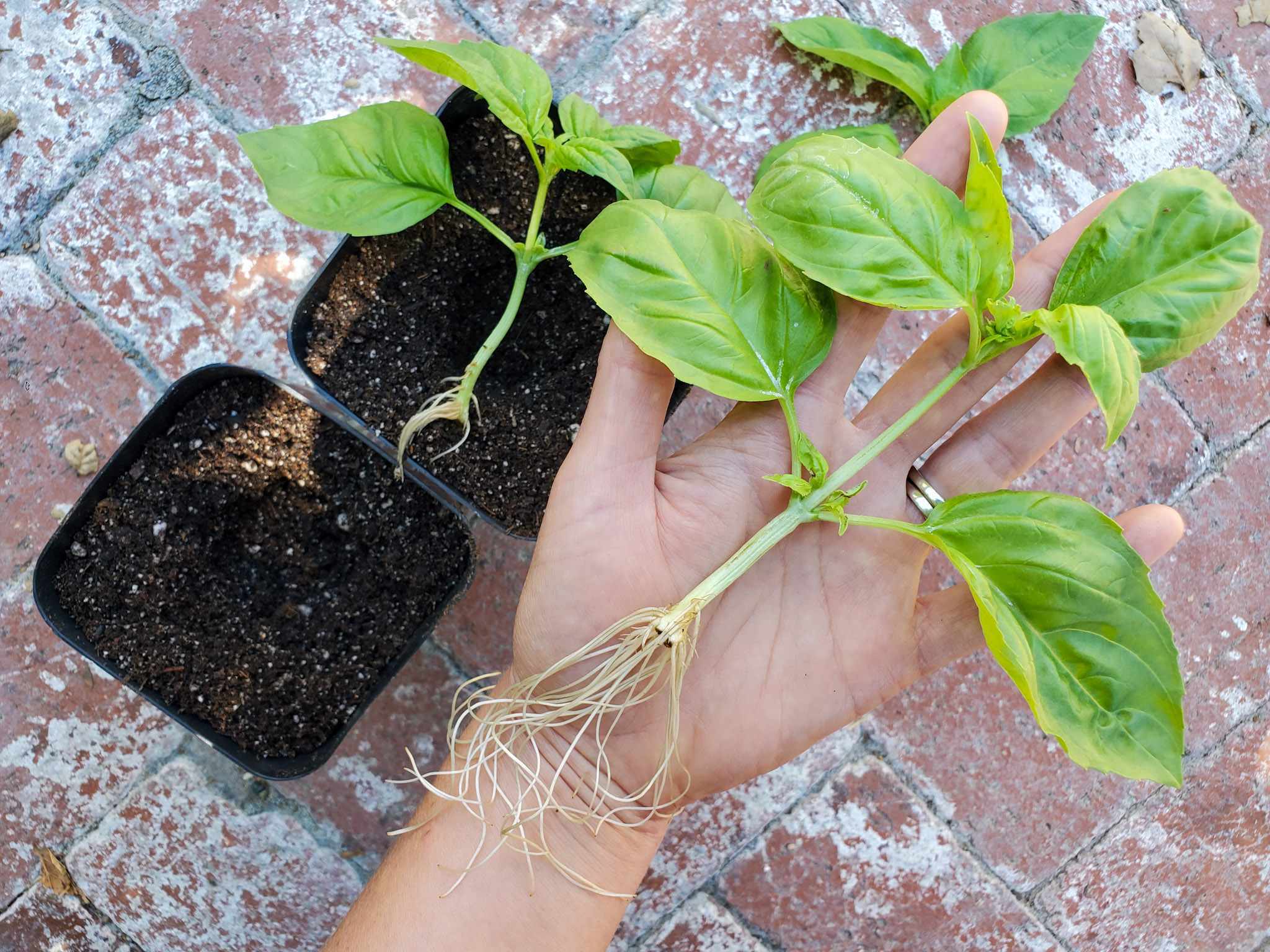
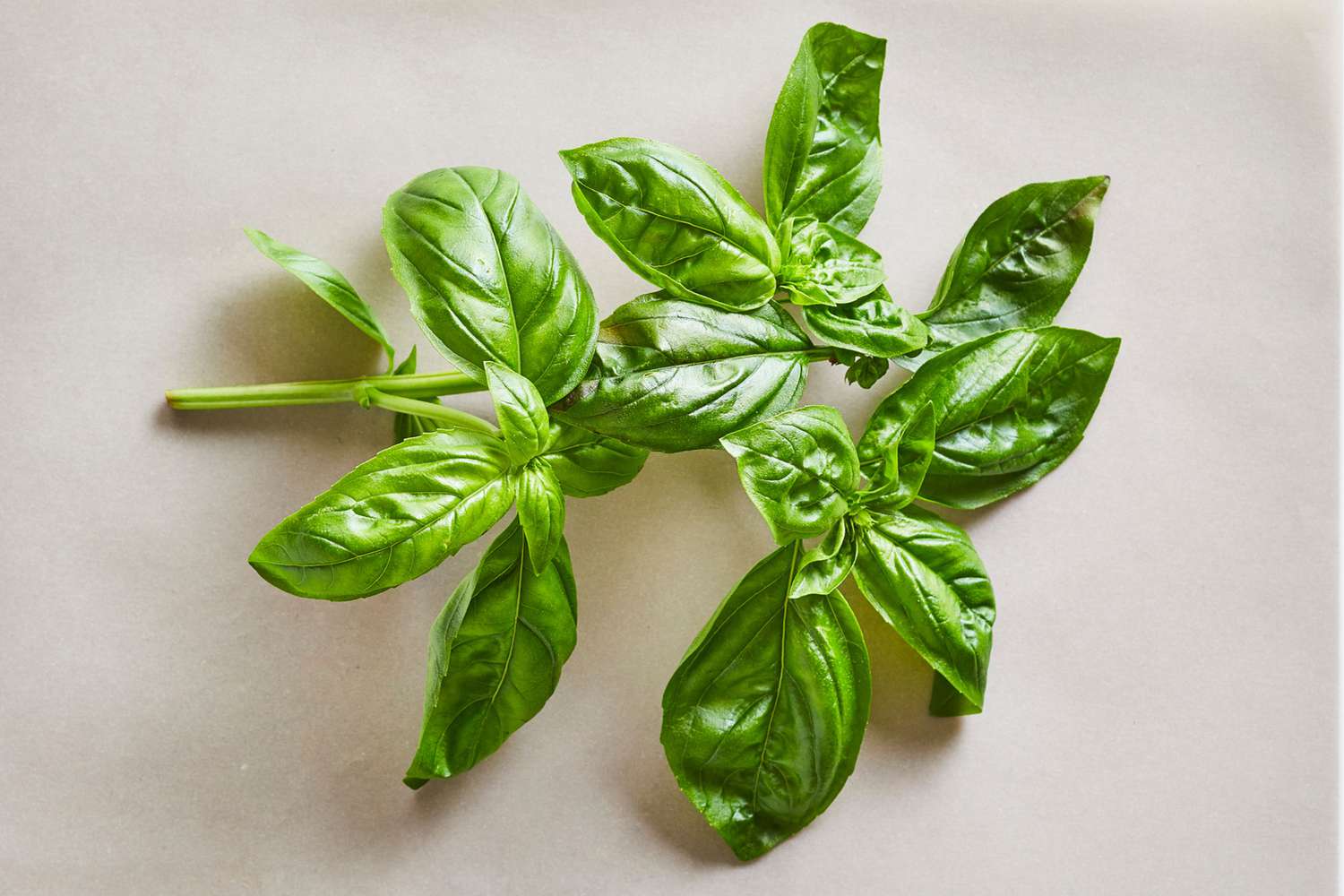
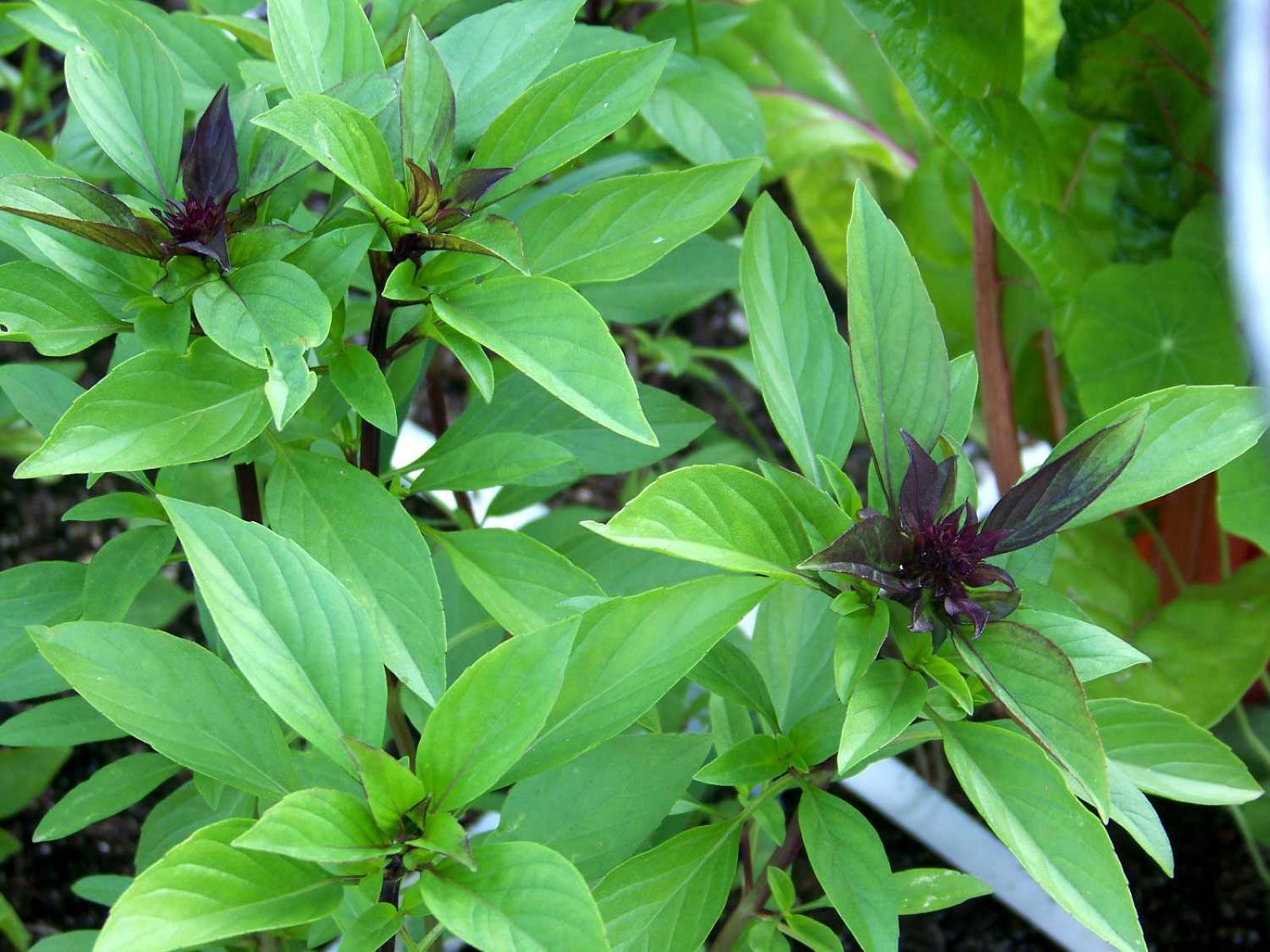
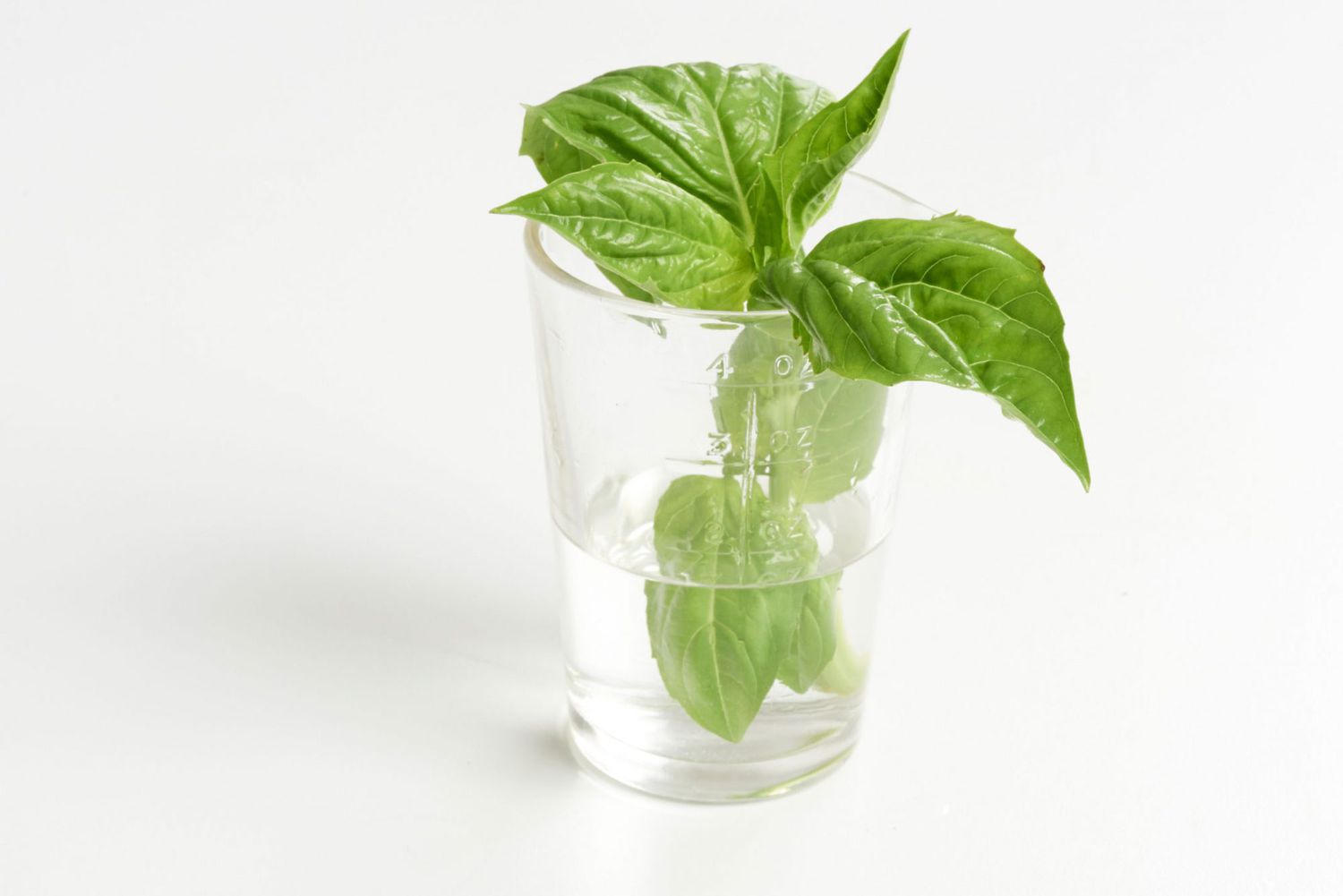
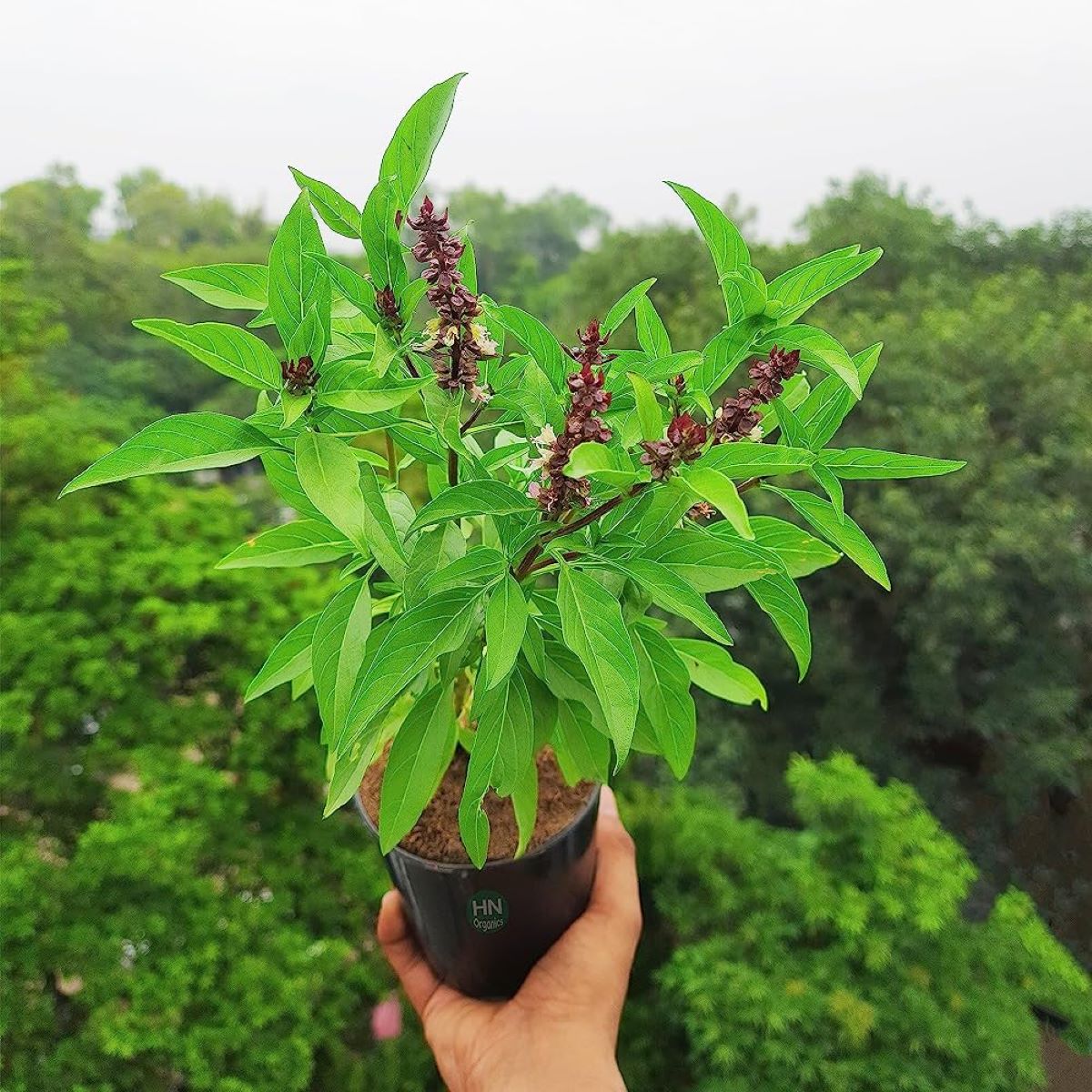

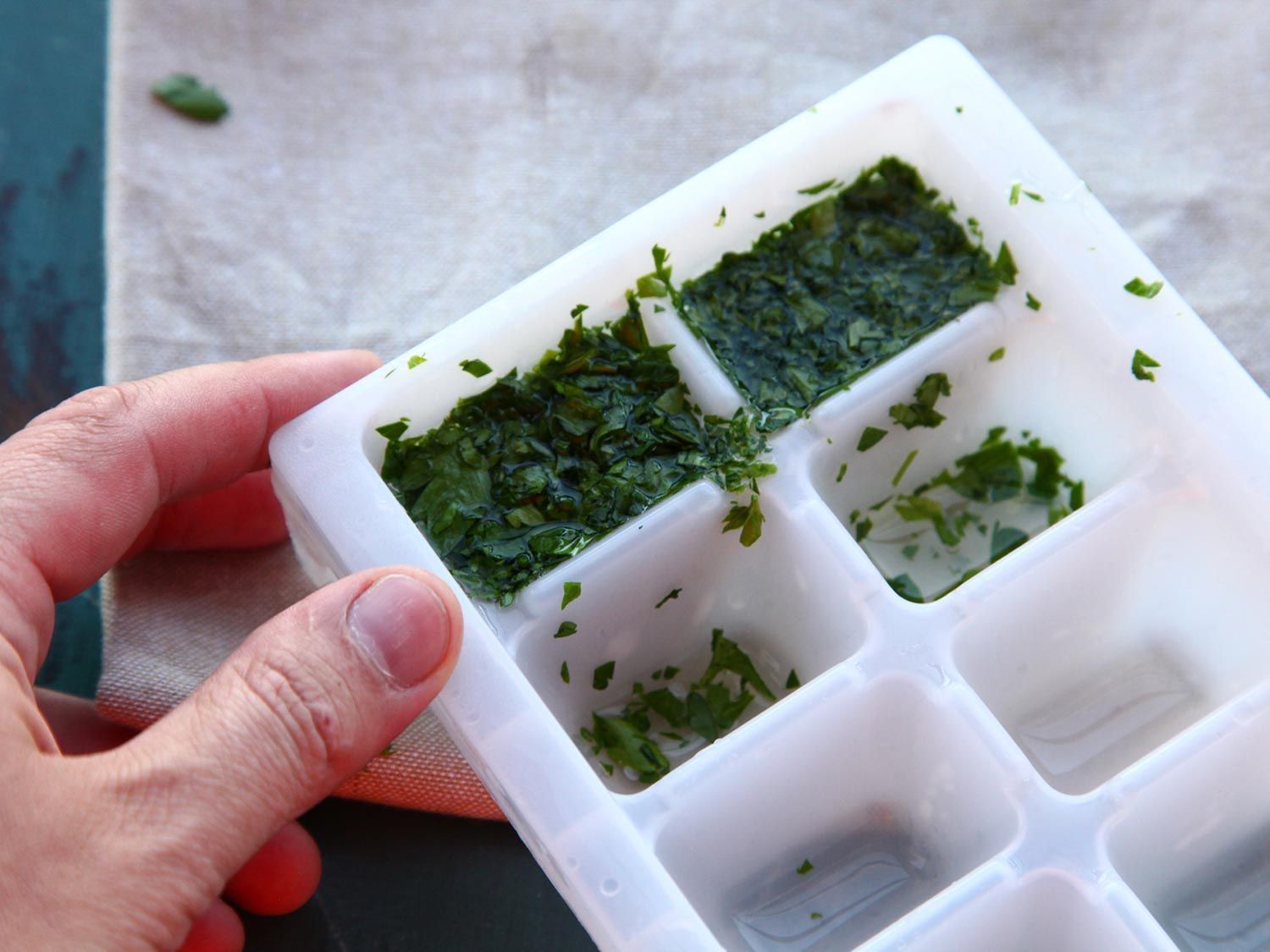
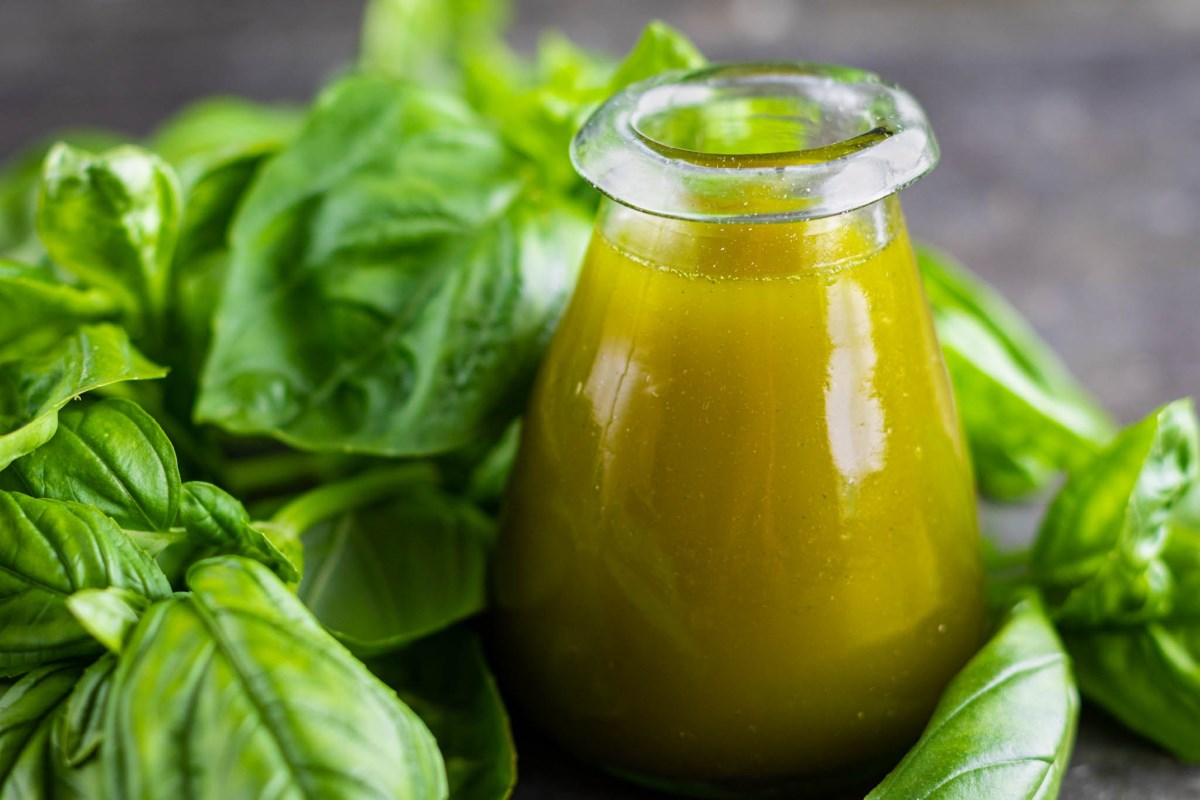
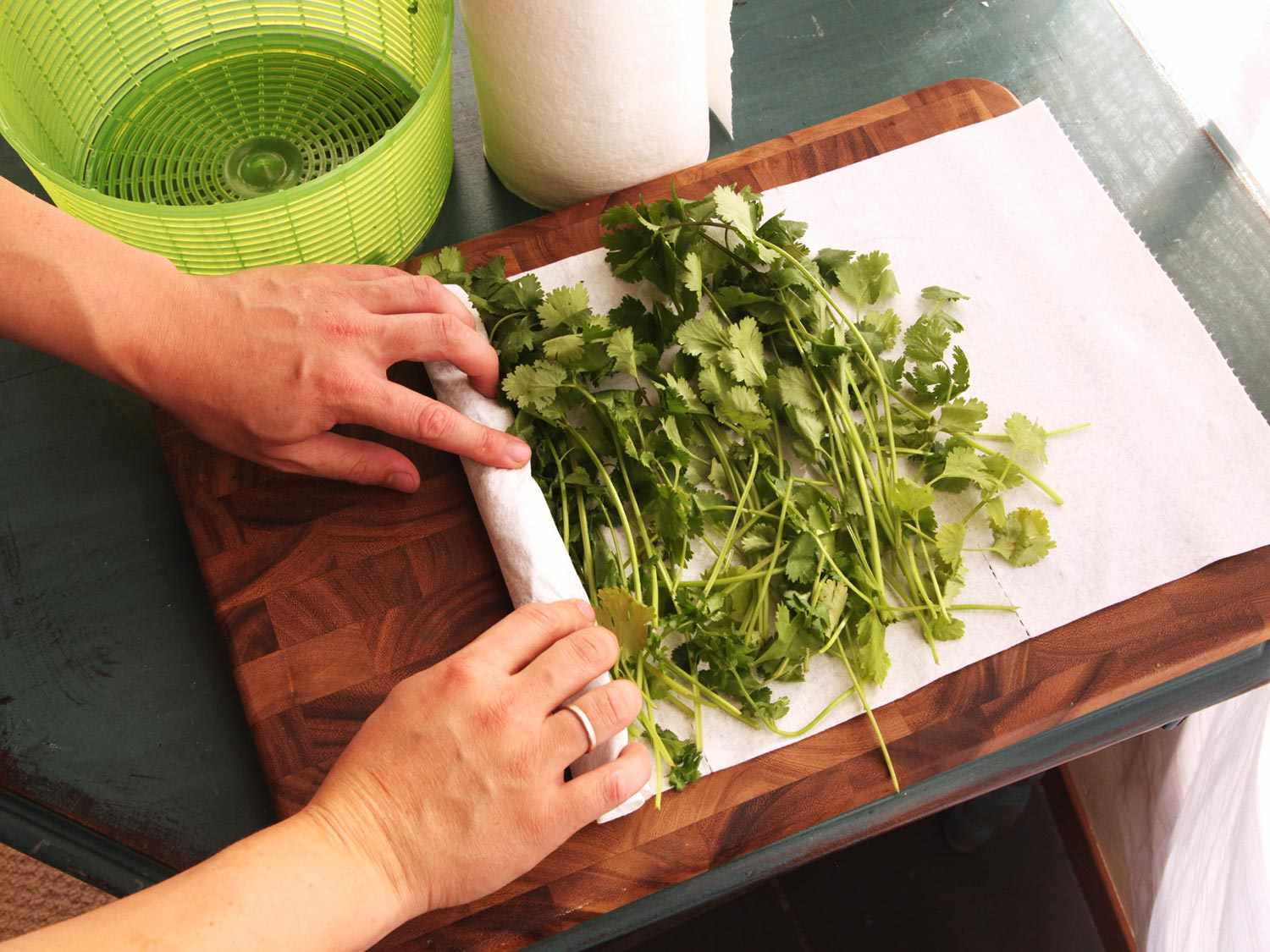

0 thoughts on “How To Store Basil In Fridge”